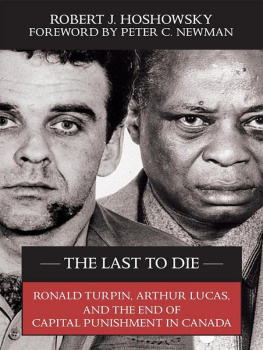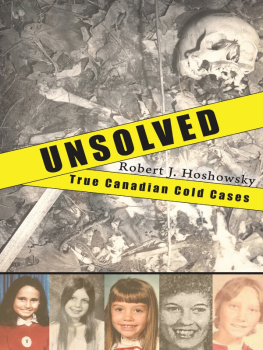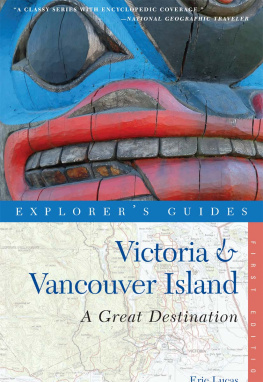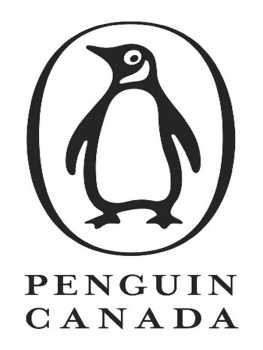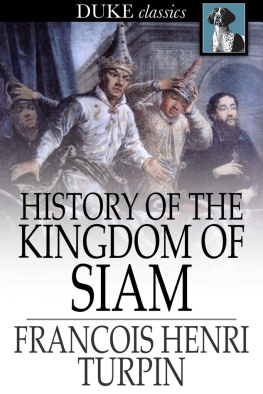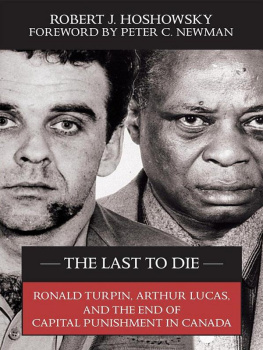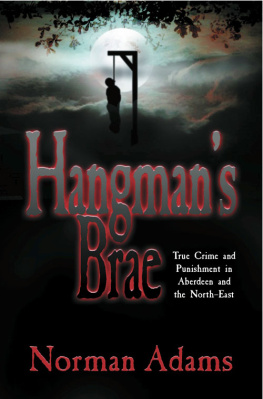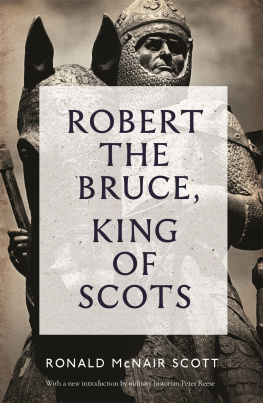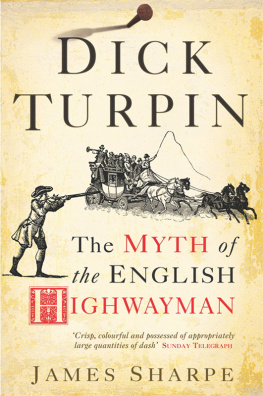
THE LAST TO DIE
THE LAST TO DIE
RONALD TURPIN, ARTHUR LUCAS,
AND THE END OF
CAPITAL PUNISHMENT IN CANADA
ROBERT J. HOSHOWSKY
FOREWORD BY PETER C. NEWMAN

Copyright Robert J. Hoshowsky, 2007
All rights reserved. No part of this publication may be reproduced, stored in a retrieval system, or transmitted in any form or by any means, electronic, mechanical, photocopying, recording, or otherwise (except for brief passages for purposes of review) without the prior permission of Dundurn Press. Permission to photocopy should be requested from Access Copyright.
Editor: Tony Hawke
Copy-editor: Andrea Waters
Designer: Jennifer Scott
Printer: Tri-Graphic Printing Ltd.
Library and Archives Canada Cataloguing in Publication
Hoshowsky, Robert J
The last to die : Ronald Turpin, Arthur Lucas, and the end of capital punishment in Canada / Robert J. Hoshowsky.
Includes bibliographical references.
ISBN 978-1-55002-672-6
1. Turpin, Ronald, 1933-1962. 2. Lucas, Arthur, d. 1962. 3. Hanging--Ontario--History--20th century. 4. Capital punishment--Canada--History--20th century. 5. Murderers--Ontario--Biography. I. Title.
HV8700.H68 2007 364.66092'271 C2007-900084-3
1 2 3 4 5 11 10 09 08 07

We acknowledge the support of the Canada Council for the Arts and the Ontario Arts Council for our publishing program. We also acknowledge the financial support of the Government of Canada through the Book Publishing Industry Development Program and The Association for the Export of Canadian Books, and the Government of Ontario through the Ontario Book Publishers Tax Credit program and the Ontario Media Development Corporation.
Care has been taken to trace the ownership of copyright material used in this book. The author and the publisher welcome any information enabling them to rectify any references or credits in subsequent editions.
J. Kirk Howard, President
Printed and bound in Canada
www.dundurn.com
Dundurn Press
3 Church Street, Suite 500
Toronto, Ontario, Canada
M5E 1M2 | Gazelle Book Services Limited
White Cross Mills
High Town, Lancaster, England
LA1 4XS | Dundurn Press
2250 Military Road
Tonawanda, NY
U.S.A. 14150 |
Table of Contents
by Peter C. Newman
by Peter C. Newman
T heres really only one good reason to read this book: its a fascinating story told by a great storyteller. Robert Hoshowsky has masterfully reconstructed the lurid tale of the two low-lifes who became the last two criminals hanged in Canada. The devil is in the details, and he digs them out fearlessly, including much new information that reveals new and unexpected nuances about the crimes.
Ronald Turpins murder of Toronto police officer Fred Nash is minutely reconstructed, as is the double slaying by Arthur Lucas of a key witness due to testify against American drug runners and his prostitute common-law wife. The author has not only interviewed all of the survivors but dug deep into hitherto unseen archives on the case, which brought to an end nearly one hundred years of capital punishment in this country. Their double hanging on December 11, 1962, at the Don Jail was an epochal event that deserves book-length recognition and this is it. My hesitation in investing valuable reading time in such a gruesome subject soon dissipated. Not only is this a dramatic retelling of the actual events, but Hoshowsky has demonstrated the rare ability of writing a book that is more than the sum of its parts. I wish I could forget his hard-ass description of the details of the hangmans art, but it will never leave me
T he last hangings in Canada remains a sensitive subject for many, especially those connected to Ronald Turpin and Arthur Lucas, and to their victims, Toronto police officer Frederick John Nash, Therland Crater, and Carolyn Newman.
I would like to express my deepest gratitude to those who granted me interviews, sometimes resurrecting painful memories in the process. I remain especially grateful to members of the Nash/Kryskow family for sharing their stories about Frederick Nash, their late father, husband, and brother. Individuals I interviewed for this for this book include: Donald Bitter, Jackie Clausen, Ron Clifford, John Costello, Jim Crawford, Karen E. Davis, Bram Everitt, Dorothy Kryskow, Alison MacKay, Jim Majury, Nancy Morrison, Harold Nash, Julian Porter, Stephen Posen, Judy Ring, and Gwyn Jocko Thomas.
In preparing The Last to Die: Ronald Turpin, Arthur Lucas, and The End of Capital Punishment in Canada, I consulted primary source material whenever possible, beginning with the trial transcripts of Regina vs. Arthur Lucas and Regina vs. Ronald Turpin. While they remain an invaluable source of information, they remain factual and colourless by their very nature. Newspaper accounts from the Toronto Star, the Globe and Mail, and the Telegram helped add necessary emotions and detail.
No work of non-fiction is possible without extensive research, and I wish to thank the following for their assistance and encouragement: Peter C. Newman, staff at the Toronto Public Library, the City of Toronto Archives, the Archives of Ontario, Library and Archives Canada, the Ontario Realty Corporation, Major David Pitcher (retired) and Karl Larson at the Salvation Army Archives, Canada and Bermuda Territory, Sharyn Devine from Don Heights Unitarian Congregation, Jenny Seeman at the Anglican Church of Canada, Susan Lewthwaite from the Law Society of Upper Canada, the Tennessee Department of Correction, the Mount Pleasant Group of Cemeteries, Jack Batten, Edward McGill, Gary and Lisa Cripps, the Metro Toronto Police Pensioners Association, and Norina DAgostini at the Toronto Police Museum.
Special thanks to my friend of twenty-five years, George Serhijczuk, for his invaluable research and suggestions on this and other projects.
A work like this is not possible without access to protected files. A number of documents from the Federal Bureau of Investigation on Arthur Lucas were made available through the U.S. Freedom of Information/Privacy Acts, while other materials on Lucas and Turpin such as psychiatric reports, Don Jail log books, and appeal notes were obtained through Canadas Freedom of Information and Protection of Privacy Act. Other materials consulted in preparation for this book include archival television footage, documentaries, radio transcripts, and photos and documents from privately held collections.
I wish to thank my wife, Elizabeth, for her love and patience, and my parents, Ann and Morris Hoshowsky, for teaching me never to be afraid to ask a question, no matter how strange it might be. I dedicate this book to them.
One final note: a number of people I contacted asked that their names not be used in the book, and I have abided by their requests. I thank them for their time nonetheless, and respect their wishes to remain private, and for their past actions to remain in the past.
I n many cases, individuals referred to in The Last to Die used different spellings of their given names, or assumed an alias. Often, court records and newspaper accounts provide variations on spelling of names as well. To maintain consistency, birth names are used and maintained throughout the book.
Next page
